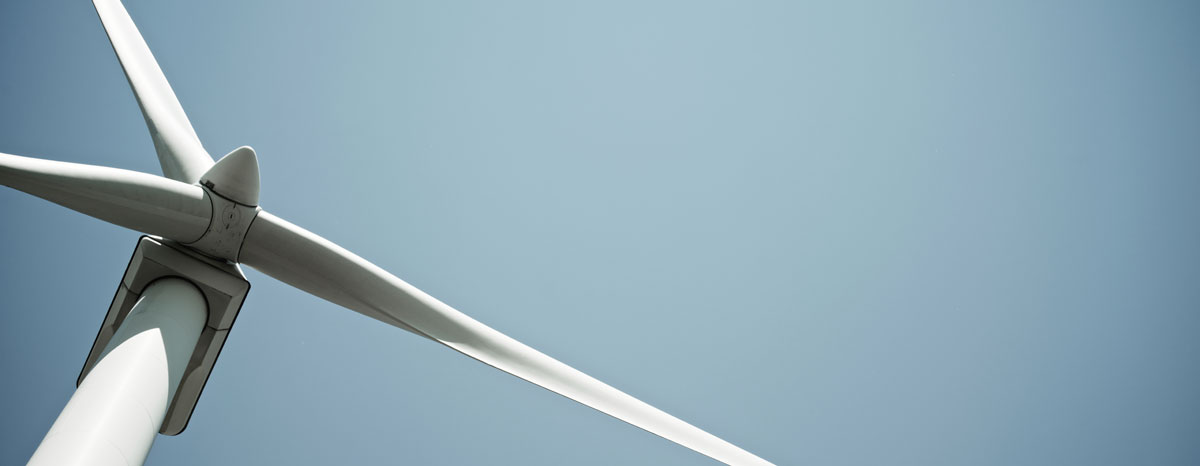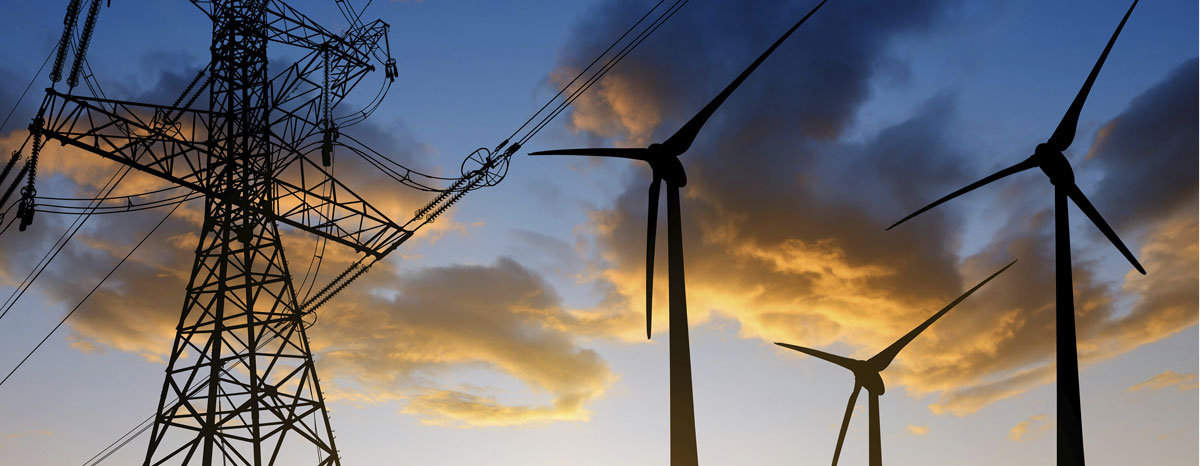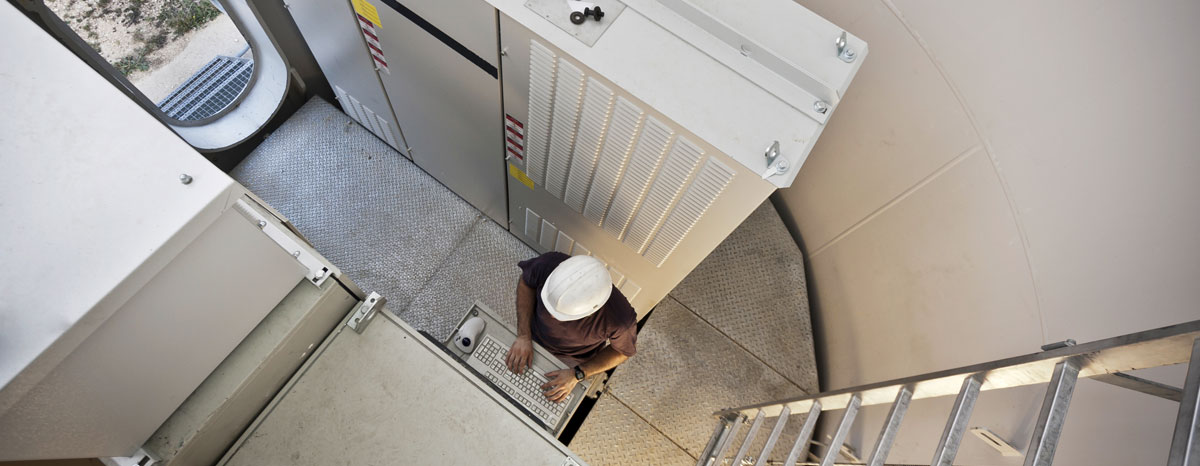WindTP is a power transmission system for wind turbines that enables large quantities of energy to be stored – typically 25–100 hours of rated turbine output. Every wind turbine must have some set of machinery to convert the mechanical power input from a slowly-turning rotor into electrical power output. Conventional arrangements for this power transmission simply enable the turbine to make electricity when the wind blows. With WindTP, energy is collected when the wind blows but energy is dispatched as electricity when required. Dispatchable power is already much more valuable than power whose timing cannot be controlled and the contrast is growing exponentially. There are many other ways that energy might be stored for later dispatch but nothing else can match the low marginal cost, high performance and freedom of location of WindTP. Find out more
The technology
System overview
The illustration shows a schematic of what WindTP comprises. Power is transmitted from the wind turbine rotor to the electrical generator through movement of gas within a closed gas circuit. The low pressure (LP) side of the circuit is at ~20bar (20 times atmospheric pressure) and the high pressure (HP) side of the circuit is at ~500bar (500 times atmospheric pressure). These pressures always remain the same - even when the system is not running.
Find out moreSeven modes of operation
The WindTP system can be operated in any one of 7 different modes as summarised below:
- As a pure power-transmission system – using collected wind power directly to make electricity
- Transforming some wind power into electricity but putting most into storage.
- Generating electricity where most of the energy comes from storage and a small amount from wind
- Taking power from the grid and charging the store (no wind power used)
- Recovering energy from storage (no wind power used)
- A mix of (b) and (d) where all wind power gathered goes into storage
- A mix of (c) and (e) where any available wind power contributes generation
Dispatchability is the key
WindTP transforms a wind farm into a flexible generation facility that can generate electricity when demand is high and not generate electricity when the demand is low – even though the profile of wind resource providing the power does not match the electricity demand profile. It achieves this using energy storage. In essence, WindTP does almost exactly the same thing as putting a huge battery alongside the wind farm would – except that the marginal capital costs are <1% of what the battery would cost and the lifetime is much longer.
Find out more



